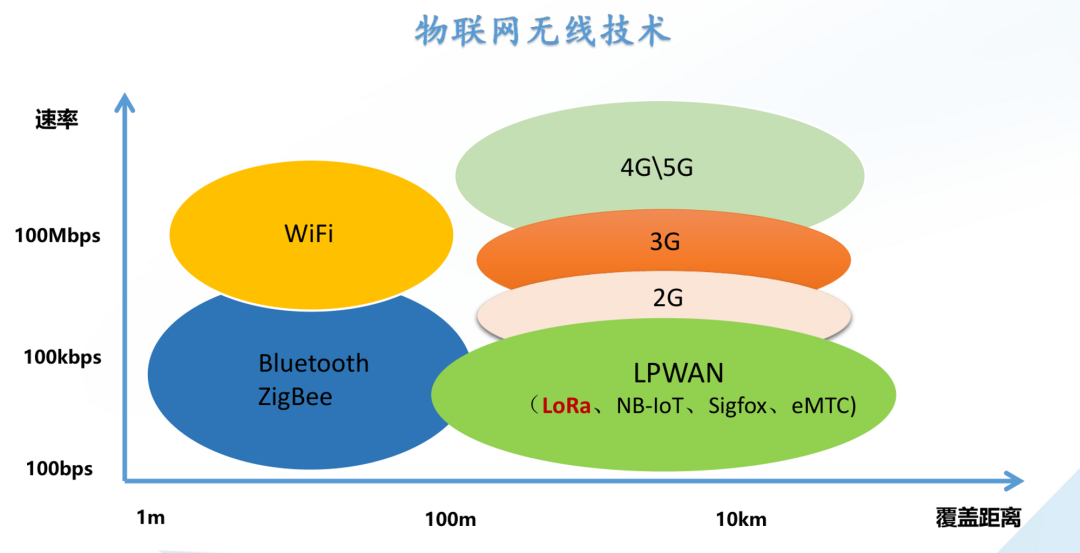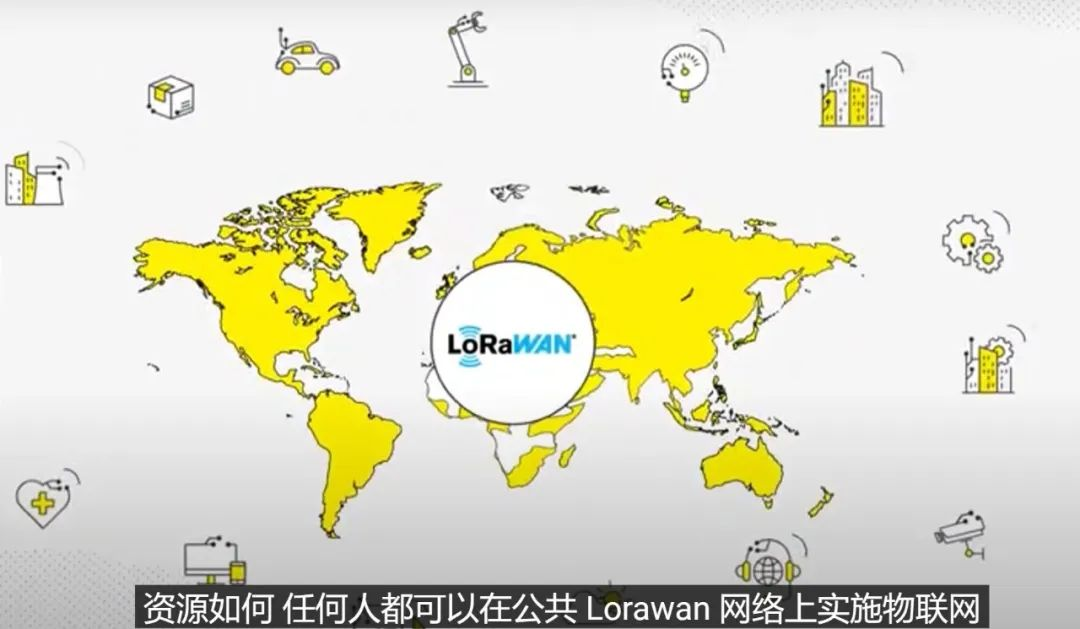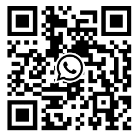Introduction
Wi Fi and Bluetooth have obvious disadvantages in long-distance transmission and power consumption, and companies are focusing on low-speed IoT. One typical representative is LoRa. In 2021, LoRaWAN officially became an international standard for the Internet of Things, solidifying its position in the Internet of Things.
Within six months, LoRaWan has added millions of new sensor connections! Recently, the LoRa Alliance praised "Asia Pacific Speed" in a press release. Donna Moore, CEO and Chairman of the LoRa Alliance, stated that "the Asia Pacific region has always been at the forefront of LoRaWAN deployment, and this trend has been accelerating in the first half of 2023." This is all thanks to "large-scale projects" in China, Japan, South Korea, India, and other areas.
What is LoRa?
As we all know, Bluetooth earphones start to fade away ten steps away, and Wi Fi can sometimes be even more difficult to penetrate. When encountering a slightly longer apartment model, you need to buy another router for Mesh or wireless relay - how can the Internet of Things be integrated in such an environment? In short, within ten steps, Wi Fi Bluetooth, and beyond ten steps, LPWAN. LPWAN (Low Power Wide Area Network), also known as LPWA or LPN, is a type of wireless communication used for the Internet of Things (such as sensors powered by batteries). Common LPWAN technologies include LoRa, TPUNB, Sigfox, NB IoT, ZETA, etc. They only differ in implementation methods. LPWAN is mainly used in fields such as intelligent hydropower, environmental monitoring (sensors), and intelligent public equipment (parking, lighting) in the Internet of Things.

As mentioned earlier, various issues with Bluetooth and Wi Fi can be addressed through LoRa represented LPWAN (Low Power Wide Area Network) technology, which compensates for the shortcomings and enables long-distance, low-power, and low-cost communication services. LoRa, also known as Long Range Radio, is a modulation technique of linear frequency modulation and spread spectrum that allows for long-distance communication at low power consumption. Currently, the use of this technology requires IP authorization from Semtech. A related concept is the LoRaWAN protocol, which is a low-power wide area network (LPWAN) communication protocol running on LoRa. It is developed, maintained, and certified by the LoRa Alliance, an open non-profit organization established in 2015, dedicated to promoting the standardization of low-power wide area networks (LPWANs) and the globalization of LoRaWAN open standards. Currently, there are over 500 enterprise members from around the world. Of course, there are also companies that use LoRa technology but do not use the LoRaWAN protocol.
LoRa in Asia

According to the LoRa Alliance, LoRaWAN has almost covered the world, and typical cases of its certified equipment in Asia include adding 300000 terminal nodes to support intelligent lighting in West Asia and the Middle East, collaborating with Indian building management systems companies to optimize LoRaWAN deployment, and adding thousands of sensors; The largest subway company in Japan is preparing to install corresponding sensors from Yokogawa Electric Corporation on all lines, and Semtech supports Japan's Aeon Yongle Corporation to equip solar powered LoRaWAN sensors in 90 administrative facilities; South Korea has also received support from Semtech, which will install 250000 sensors for water quantity statistics; The Philippines will deploy a nationwide LoRaWAN network, including 6000 gateways; Singapore also has significant growth, with iWOW installing over 400 LoRaWan networks to provide intelligent metering for 25000 sensors. In the future, an additional 8000 sensors will be installed; China also has 50000 LoRa devices deployed, with projects mainly focused on smart cities and smart homes. Behind the landing case, various manufacturers are embracing LoRa technology, taking China as an example: ZTE established the LoRa China Application Alliance in 2016 under the witness of the Vice Chairman of the LoRa Alliance, and became a member of the LoRa Alliance's board of directors that year; In 2017, Alibaba began its LoRa chip layout as a major shareholder, promoting the establishment of Aojie Technology and preparing for chip production. A year later, Alibaba Cloud IoT and Aojie Technology jointly released a single chip ASR6501 with ultra small size and ultra-low power consumption LoRa1262 integration. Alibaba Cloud emphasizes that the chip has been authorized by Semtech's LoRa chip semiconductor intellectual property (IP). In addition, China Tower also seized the opportunity to reach cooperation with Alibaba, with nearly 1.9 million towers in its hands, enhancing its ability to cover the national Internet of Things. This way, the construction of the LoRa network does not need to start from scratch. At present, heavyweight players in China, including ZTE, Tencent, Alibaba, China Unicom, Iron Tower Company, Guizhou Broadcasting and Television, have joined the LoRa IoT camp. Among them, internet giants such as Alibaba and Tencent have all joined the LoRa alliance as the highest level members. In 2018, the Chinese market accounted for more than half of the global LoRa chip shipments, and China has become the largest market in the LoRa industry ecosystem. All of the above demonstrate the scale of LoRa's global development. However, in China, there are still people who are not very familiar with LoRa, why is this?
The two typical technologies in the LPWAN field are LoRa and NB IoT. NB IoT (Narrow Band Internet of Things) and LoRa belong to the same LPWAN, both of which have the characteristics of low power consumption, long distance, and low cost. The characteristic of NB IoT is the use of authorized spectrum, while LoRa uses unauthorized spectrum. The competition between the two is fierce, each with its own strengths. With technological improvement and ecological expansion, the two are currently evenly matched.
From the perspective of network ownership: NB IoT uses an operator network, and only the operator is qualified to build and operate an NB IoT network nationwide. LoRa is also a private network, and users can build it themselves, but it is currently unable to deploy on a large scale. Therefore, nationwide or large-scale public intelligent services are still built on NB IoT. Therefore, if there is no accident, our smart electricity and water meters at home are still based on NB IoT, Or LTE technology;
From the perspective of information security: LoRa may be vulnerable to DDos attacks due to the use of unauthorized frequency bands; If NB IoT is used, data will inevitably pass through the operator, and some companies hope that the data is completely in their hands. From the perspective of application scenarios: LoRa is more suitable for outdoor environments (without frequent maintenance), while NB IoT is more suitable for dense environments (with performance advantages);
From the perspective of "neck health", LoRa chips were basically monopolized by a single company, Semtech. However, they have now transitioned to a multi supplier state, but there are still patent barriers, and after all, they are chips, which may also be constrained by TSMC; NB IoT is an open underlying protocol, and some domestic enterprises have already mastered important patented technologies; Based on comprehensive analysis, there is no absolute winner between the two, and without restrictions, companies can "take both".
Under current conditions, despite the strong momentum of LoRa, the cake of NB IoT is still larger without large-scale LoRa network coverage. As an important technology of LPWAN, LoRaWAN has its own soil in China, especially after experiencing a wave of false alarms. (Previously, it was announced that 433MHz was not in the Chinese ISM frequency band, which led some to conclude that LoRa would disappear in China. However, in reality, LoRa uses 470-510MHz in China.).
References:
1. Communication Technology - LoRa, Grace Gao
2. Research Report on China's Internet of Things Industry, 2022.1, iResearch Consulting
3. https://blog.velosiot.com/difference-between-lorawan-nbiot
4. The article is from an IoT think tank
Contact: Qui
Phone: 18146178586
Tel: 18146178586
Email: qui@zonewu.com
Add: 1501-3, Building F03, Phase III, Software Park, Jimei District, Xiamen City, Fujian Province, China
